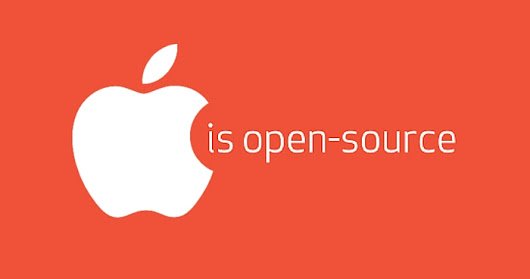
Apple suddenly released the core of iOS and MacOS on its official account at the "Github" site for sharing code, which opened the door to queries from users.
MacOS is primarily built on the "NeXTSTEP" system, which is built on the BSD project, an open source project widely used to date. Since 2001, the year since the official launch of Mac OS X, Apple has been keen to share the core of the system every year.
In a bit deeper, Apple has developed a "UNIX" based operating system that combines features from "BSD" and NeXTSEP, a Darwin light output, currently used in Mac OS and iOS. There is some integration between Apple's operating systems because they are built on the same system, or the same basis, so to speak. By the way, "WatchOS" and "TVOS" are modified versions of IOS, a version of Mac OS.
What Apple did just a few days ago is to launch a part of the IOS kernel that works on ARM architectures, designed for devices with limited functionality and simple, an architecture that is used in all smartphones and tablet processors as well, and has launched part of the kernel "Mac OS" is compatible with those processors. This simple part allows the user to view Apple's processing mechanism for some hardware-only processes, that is, low-level code that has nothing to do with the graphical and software interfaces or applications that are at the mid- and upper-level in the operating system architecture.
In MacOS, for example, the kernel of the operating system relies on the Quartz display server and the Aqua desktop environment, which in turn is responsible for creating and displaying graphics on the computer screen and processing them, which are incomplete and non-existent components in Apple's kernel.
What this means is that the developer can run that kernel to see how systems such as IOS work in a limited way because the components are incomplete. But at the same time is able to write the components of its own system, such as graphical interfaces, to create a new system based on that kernel, just like the kernel of the Linux system, which developed and emerged from systems such as Android, but the size of open source components in Linux is much larger than that provided by Apple Because of the different trends of course.
In general, Apple has been keen to contribute to open source projects for a long time and has been emphasizing this for almost two years. But it will not open the source of its different software interfaces or graphical interfaces as well, offering only some basic elements that allow those interested in accessing, and possibly taking advantage of, the first technologies responsible for running the system, the same thing that Microsoft is also contributing to open source projects and provides part Of the components of the operating systems for those who wish to build systems on them.